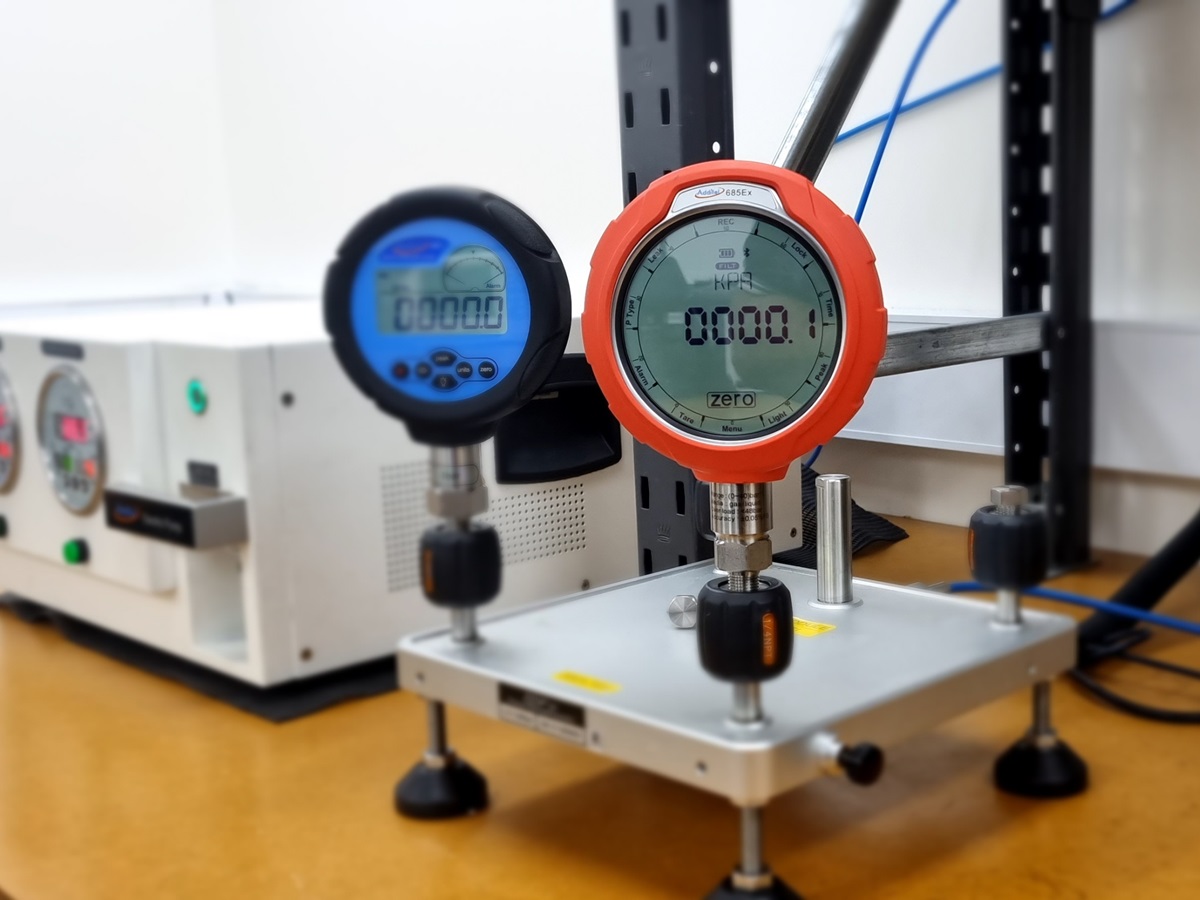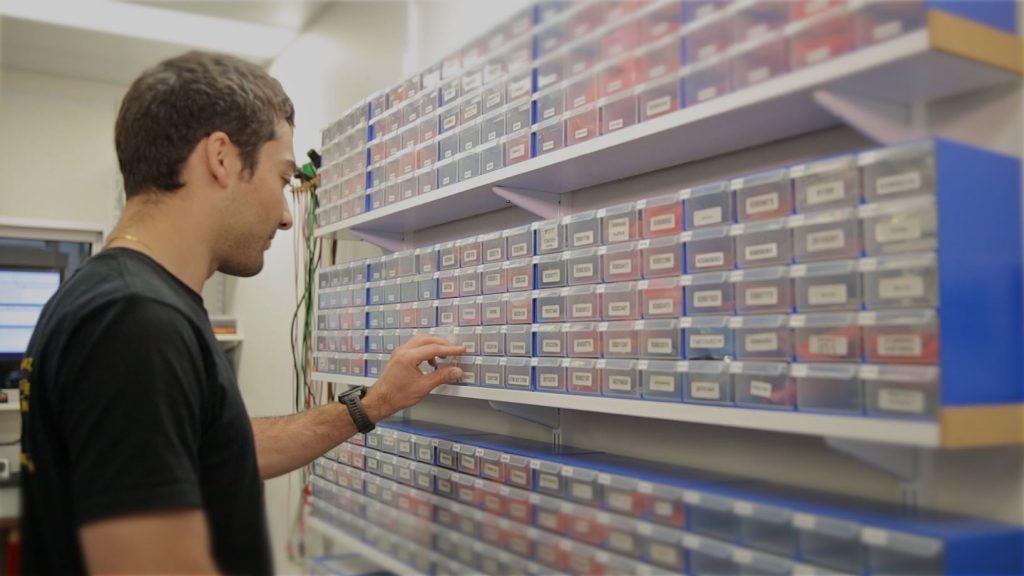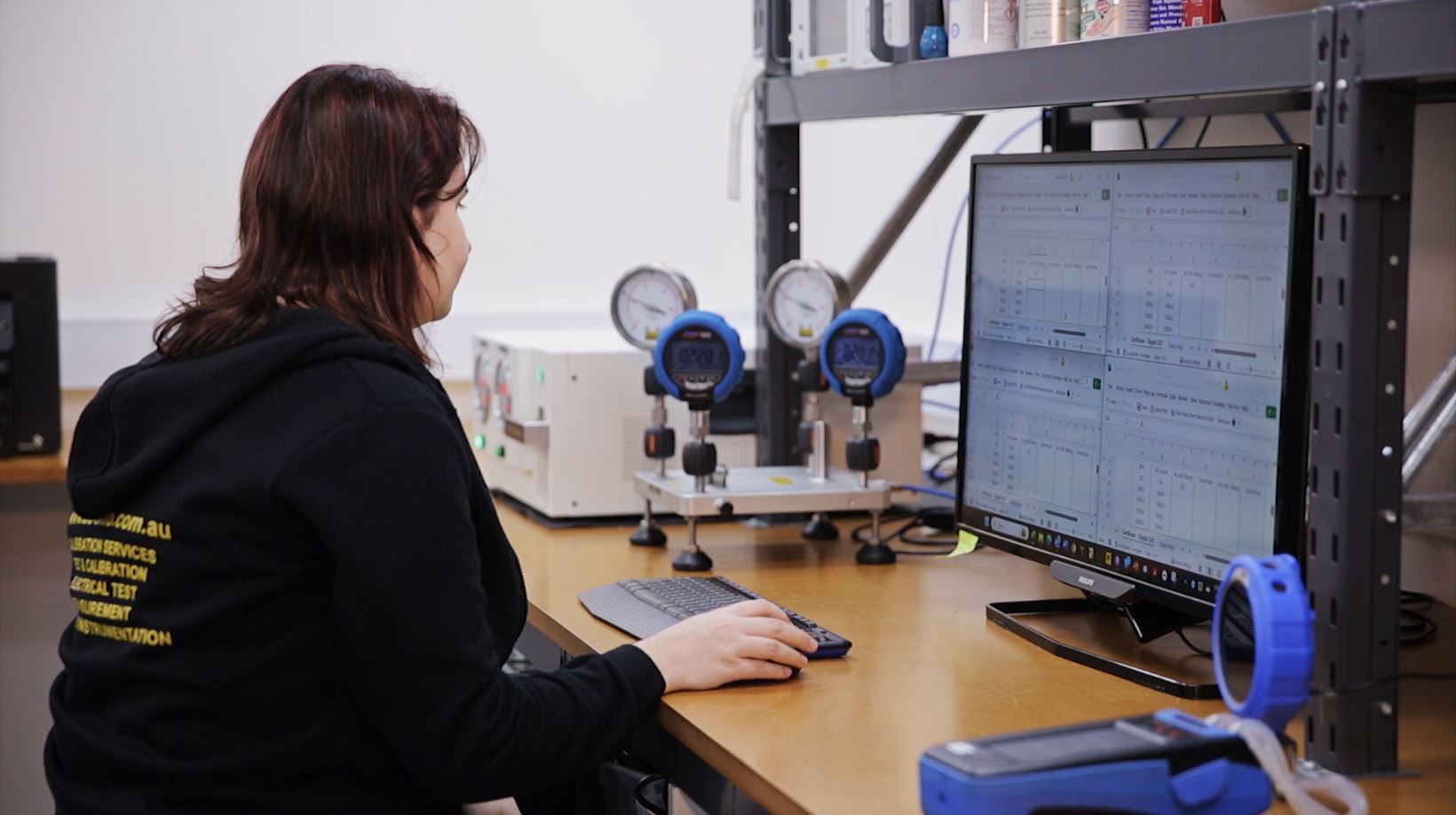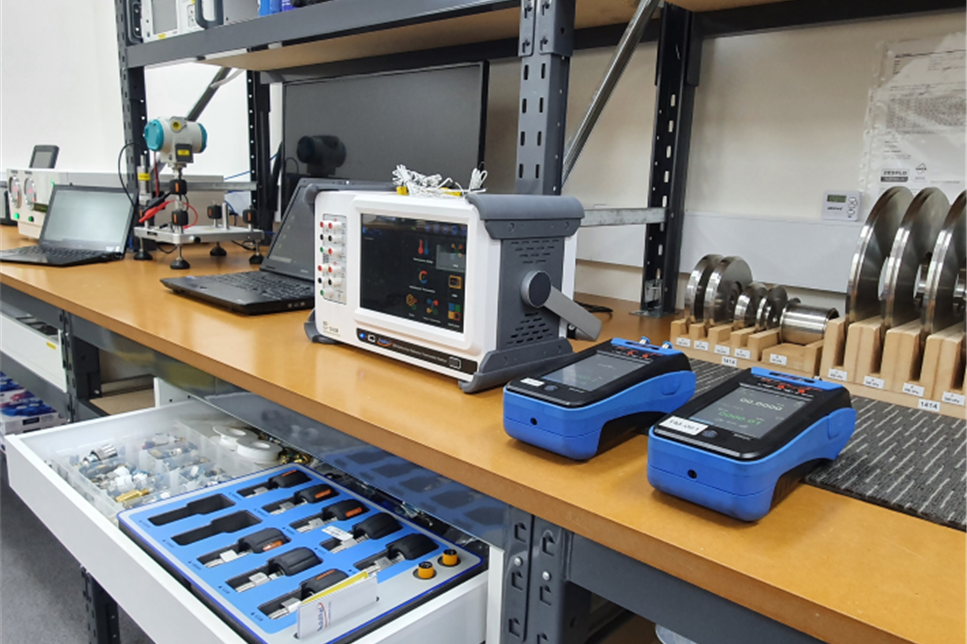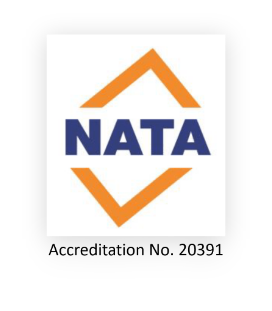Digital Pressure Gauge Calibration
In the realm of precise measurements, digital pressure gauges are invaluable tools. Calibration, an essential process for ensuring accuracy and reliable readings, is vital in many industries. This introduction will guide you through the significance and methods of calibrating digital pressure gauges.
Understanding Calibration Of Digital Pressure Gauges
Calibration is the process of configuring a pressure gauge to ensure accurate measurements can occur. This section will delve into the intricacies of digital pressure gauge calibration, explaining how it works and why it’s crucial to provide an accurate reading
What is Digital Pressure Gauge Calibration?
Pressure gauge calibration is a process used to ensure that digital pressure gauges, instruments that measure and display the pressure in a system using electronic means, are providing accurate and reliable readings.
This calibration involves comparing the readings from the digital pressure gauge with those from a standard or reference gauge that has known accuracy. The process usually takes place in a controlled environment to minimise the effects of external factors such as temperature and humidity.
Importance and Benefits of Calibration
Calibration, a fundamental process in various industries, involves the verification and adjustment of your measuring instrument to ensure their accuracy and reliability. This process is essential for maintaining the quality and consistency of products, processes, and safety in various fields.
Accuracy and Precision in Measurements
Calibration ensures that instruments provide accurate and precise measurements. This is crucial in industries where exact measurements are critical. Our pressure gauge calibration scope is the widest in WA and among the best in Australia
Quality Assurance
Calibration improves and ensures that the measurements used in production processes are correct, leading to the consistent quality of products.
Cost Savings
Regular calibration can identify issues with instruments before they become significant problems. This proactive approach can save money by preventing costly repairs, production downtime, and poor-quality products.
Extended Instrument Lifespan
Regular calibration can extend the life of measurement instruments. By detecting and correcting issues early, instruments remain in good working condition extended period of time.
How to Calibrate Pressure Gauges
The following steps in this practical guide will provide a detailed walkthrough on how a pressure gauge is calibrated
- First we seek to understand your pressure gauge – The technician familiarises themselves with your specific model of digital pressure gauge and its functions. Likely we have done it plenty of times before but we would refer to the manufacturers manual for any specific calibration instructions or requirements.
- Prepare Calibration Equipment: We select and prepare our high-accuracy reference equipment, whether it’s another digital display pressure gauge with a manual hand pump, automatic pressure calibrator, or deadweight tester being used as a reference, media can be selected too weather it’s with a fluid like water or oil, or pneumatic air, we ensure that the reference device has a higher accuracy level than the digital gauge being calibrated, and that the reference device is calibrated.
- Create a Stable Environment: The technician conducts the calibration in our controlled laboratory environment with minimal temperature fluctuations and vibrations. Digital gauges can be sensitive to environmental change but take note that many do have temperature compensation. The technician notes the environmental conditions including temperature and humidity which is reported along with the calibration results, all of which we are monitoring through the procedure.
- Connect the Gauges: The technician safely connects your digital pressure gauge and the standard/reference gauge to a common pressure source ensuring all connections are leak-proof.
- Zero Calibration: In general we would start with a ‘zero’ calibration. With no pressure applied, we ensure that the digital gauge reads zero. If it doesn’t, we use the zero calibration function (if available) to adjust it.
- Apply Pressure Gradually: We slowly increase the pressure from the source. Digital gauges respond quickly, so a gradual increase helps in stabilising the readings.
- Record Readings at Various Points: A series of multiple test points are selected along the gauge’s range (such as 25%, 50%, 75%, and 100% of its full scale, or according to a standard e.g. MSA Test Method 1), or as specified by the customer, we record the readings from both the digital gauge and the reference gauge.
- Compare and Analyse Readings: We Compare the readings from your digital gauge with those from the reference. The readings should be within the acceptable error range specified by the gauge’s manufacturer. Any significant deviation may indicate a need for adjustment or servicing.
- If inaccuracy is found during calibration then the necessary adjustments should be made, when a pressure gauge is calibrated regularly you can pickup patterns in errors and a drift analysis can be made.
Factors to Consider for Pressure Gauge Calibration
Temperature Variations
The effect of temperature on both the gauge and the calibration equipment is significant. Gauges may give different readings at different temperatures. It’s important to calibrate in a temperature-controlled environment to ensure accurate pressure measurement.
Usage Frequency
The more frequently a measuring instrument is used, the more often it should be calibrated. Regular use can lead to wear and tear, affecting accuracy.
Gauge Sensitivity
Highly sensitive gauges can require more frequent and precise calibration. The sensitivity of the gauge determines the level of accuracy needed in the calibration procedure.
When and How Often to Calibrate
Determining when and how often to calibrate involves understanding various factors that can influence the performance of your gauge. Here’s a guide to help you establish an effective calibration schedule for your digital pressure gauge.
Initial Calibration
Upon Purchase: Calibrate your digital pressure gauge immediately after purchase to ensure it meets your specific requirements and accuracy standards. It should be noted though that many higher accuracy gauges include a factory calibration, most in the Additel range for example include one.
Scheduled Calibration
Regular Intervals: Establish a routine calibration schedule. The frequency depends on factors like the gauge’s usage rate, manufacturer’s instructions or recommendations, and the critical nature of its measurements.
Industry Standards: Follow industry-specific standards or regulatory requirements that may dictate calibration intervals.
Usage-Based Calibration
High-Frequency Use: If the gauge is used frequently or in critical processes, increase the calibration frequency to ensure consistent accuracy.
After Significant Events: Recalibrate after events that could impact accuracy, such as mechanical impacts, exposure to extreme conditions, or major changes in the operational environment.
Performance Indicators
Inconsistent Readings: If the gauge starts showing inconsistent or drifting readings, it should be calibrated immediately.
After Repairs: Calibration is recommended after any repair or replacement of parts.
Preventive Maintenance
Regular Checks: Incorporate calibration checks into your regular maintenance schedule to preemptively catch any accuracy issues.
Environmental Factors
Changing Conditions: If the gauge is used in varying environmental conditions (temperature, humidity, etc.), more frequent calibration may be needed.
Calibration Process
Use Certified Standards: Ensure the calibration is done using standards that are traceable and have a known higher accuracy.
Document the Process: Keep detailed records of each calibration, including the date, conditions, results, and any adjustments made. A calibration certificate can then be issued with stating all the pressure readings made.
Post-Calibration
Verification: After calibration, verify the gauge’s performance to ensure it meets the required accuracy specifications.

